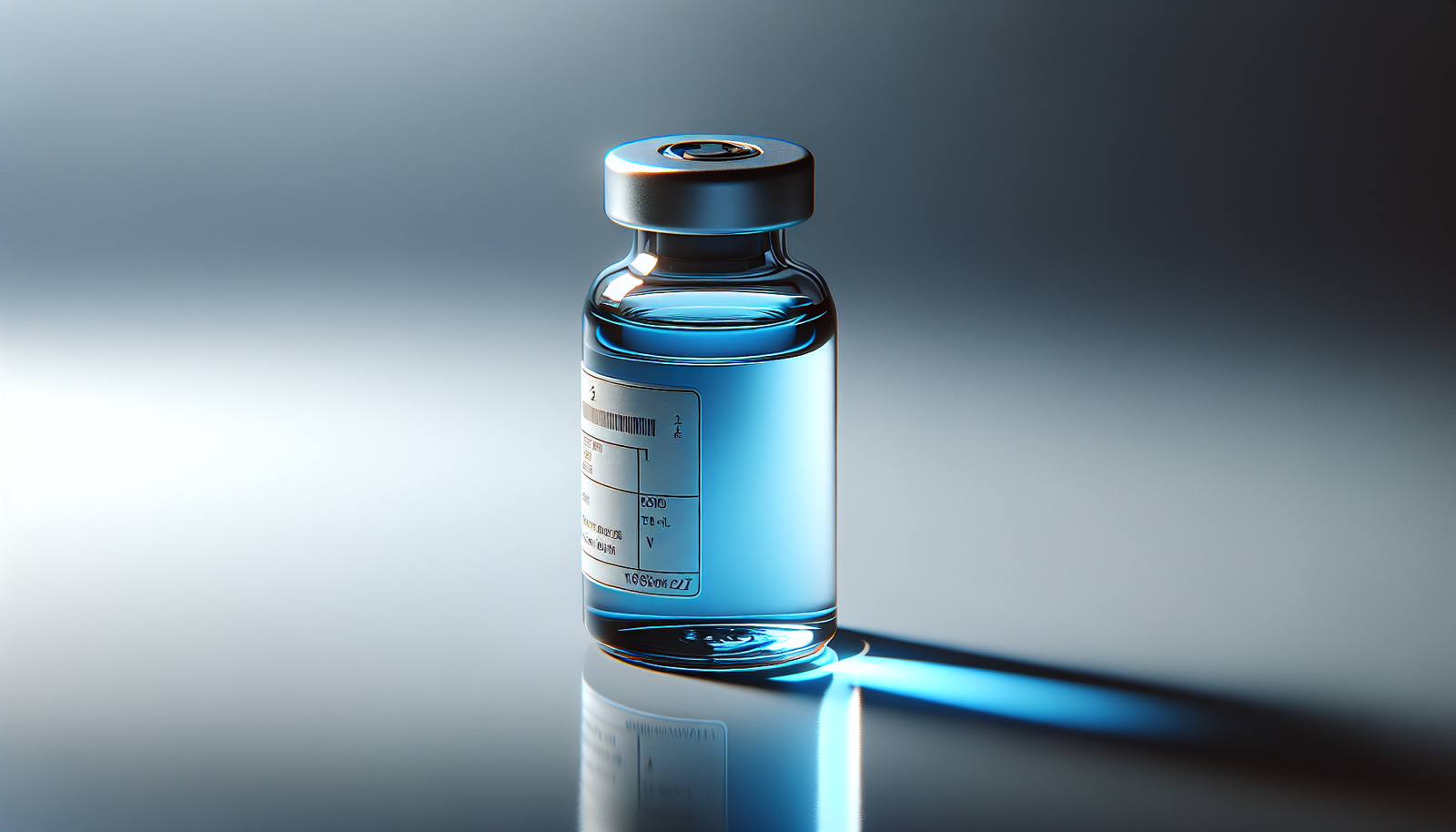
Have you ever wondered how to determine the quality of Methylene Blue products? With the increasing availability of this compound in various forms, it is critical to know how to evaluate what you are purchasing. Your health and safety depend on it.
Understanding Methylene Blue
Methylene Blue is a synthetic dye originally developed for use as a biological stain and has since found applications in various fields. Its medicinal properties, particularly in treatment for conditions like methemoglobinemia and potential neuroprotective uses, have garnered significant attention. However, given its widespread usage and implications for health, understanding the quality of Methylene Blue products is paramount.
The Importance of Quality Assessment
Evaluating the quality of Methylene Blue products is essential not only for ensuring efficacy but also for safety. Contaminants or impurities in lower-quality products could pose risks to your health. By following effective strategies to assess quality, you can make informed decisions that promote your well-being.
Key Factors in Quality Assessment
When assessing the quality of Methylene Blue, several vital factors must be considered. These factors can help you determine whether a product meets the necessary safety and efficacy standards.
Source of the Product
The source of Methylene Blue is critical. Products may come from different manufacturers or suppliers, each with varying quality control measures.
-
Manufacturer Reputation: Researching the background of the manufacturer can give insight into their commitment to quality. Look for manufacturers with a good track record and those who have invested in rigorous testing processes.
-
Ingredients and Formulation: It’s essential to check the purity of the Methylene Blue formulation. Look for products that specify the concentration and any other ingredients involved. Products that list contaminants or proprietary blends may warrant caution.
Certificate of Analysis (CoA)
A Certificate of Analysis (CoA) is a document provided by manufacturers that outlines the quality and potency of their products.
- What to Look For:
- Purity Levels: Ensure the CoA shows a high level of purity, ideally above 99%. Lower purity can indicate contamination or inferior quality.
- Batch Number: Verify that the CoA corresponds to the specific batch of the product you are purchasing.
Obtaining a CoA for verification can offer reassurance regarding the product’s quality and safety.
Third-Party Testing
Independent testing by third-party laboratories can provide unbiased verification of product quality.
-
Why It Matters: Third-party labs verify whether the manufacturer’s claims about purity and potency hold up. Products that undergo such rigorous testing can generally be regarded as more reliable.
-
How to Find This Information: Check if the product packaging or website mentions third-party testing. This feature is becoming increasingly standard in high-quality supplements.
Expiration Dates and Storage Conditions
Methylene Blue’s stability can be affected by many factors, including storage conditions and expiration dates.
-
Storage Conditions: Proper storage can significantly influence the longevity and efficacy of Methylene Blue products. Ensure that products are stored in cool, dark, and dry environments. Look for any storage instructions from the manufacturer.
-
Expiration Dates: Purchasing products close to or past the expiration date can jeopardize the effectiveness of Methylene Blue. Always check that the items you are buying have a substantial shelf life left.

Evaluating Product Labels
Learning to read product labels effectively can simplify your assessment process.
Key Elements to Review
-
Concentration: The chemical concentration of Methylene Blue is critical for its effectiveness. Understanding this element helps ensure that you get the expected therapeutic effects.
-
Usage Instructions: Look for clear guidelines on how to utilize the product for maximum benefit. Ambiguous instructions may indicate a lack of thoroughness in product formulation.
-
Warnings and Side Effects: Reputable products will often include disclaimers about potential side effects. Being aware of these can help you use the product safely.
Transparency and Integrity
A critical component of quality assessment involves the transparency of the manufacturer. If a company is unwilling to disclose essential information regarding their product, consider this a red flag.
- Customer Support: A reliable company should have accessible customer service for any inquiries you may have. Their willingness to engage with you can reflect their integrity and commitment to safety.
Consumer Reviews and Trustworthiness
Consumer reviews can offer valuable insight into the efficacy and quality of Methylene Blue products.
What to Look For in Reviews
-
Authenticity: Seek reviews on verified platforms, as these often prevent fraudulent claims. Look for comprehensive feedback from users detailing their experiences.
-
Common Themes: Pay attention to recurring issues or praises, as they can signal consistent quality or highlight flaws.
Engaging in Community Dialogues
Consider reaching out to online forums or health communities focusing on Methylene Blue. Conversations among users can provide anecdotal evidence regarding the quality of particular products or suppliers.

Price Versus Quality
When assessing Methylene Blue products, consider whether the price aligns with the quality. While lower-priced items may be tempting, they can also indicate lower quality or additional impurities.
Red Flags to Watch For
-
Significantly Low Prices: Unusually low-cost products may compromise quality. If the deal seems too good to be true, it probably is.
-
Premium Pricing: On the opposite end, excessively high prices do not always guarantee higher quality. Always vet the product thoroughly, regardless of its price.
Comparison Shopping
Engage in comparison shopping to evaluate multiple products side by side. This practice allows you to weigh ingredients, concentrations, and prices in order to make a more informed decision.
Legal Regulations and Compliance
Familiarize yourself with the legal framework surrounding Methylene Blue products in your locale. Economy and safety regulations can significantly vary depending on where you reside.
Regulatory Agencies
In many countries, certain regulatory bodies oversee the manufacture and sale of Methylene Blue. Check for compliance with organizations like the Food and Drug Administration (FDA) in the United States or comparable agencies in your country.
- Good Manufacturing Practices (GMP): Look for products that comply with GMP guidelines, as these set standards for quality assurance and control during manufacturing processes.

Conclusion: Your Responsibility in Quality Assessment
Assertively seeking out high-quality Methylene Blue products is not just an option but a necessity for your health and wellbeing. By thoroughly evaluating product sources, seeking CoAs, examining third-party testing, and scrutinizing labels, you can ensure a safer purchase.
Maintain diligence by considering consumer reviews and adhering to current regulations. Your proactive stance in assessing product quality can significantly influence your overall health and health outcomes related to Methylene Blue.
In the end, holding manufacturers accountable while doing your homework can pave the way for a healthier, informed life. Your choices matter, and being knowledgeable puts the power back in your hands.